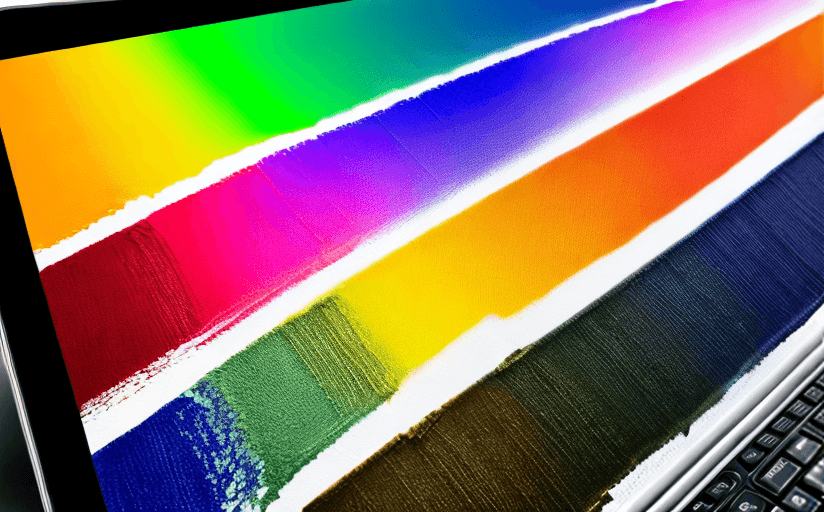The Profound Influence of Digital Media on Traditional Art Forms
Digital media's infiltration into various facets of life has been unrelenting, impacting our communication, entertainment, and work-life. A significant beneficiary of this digital revolution is undeniably the art domain. The computer, Internet, virtual reality, augmented reality, digital printing, and various software have become the new paintbrushes, chiseling tools, and canvas. As such, this article delves into both the positive attributes and potential pitfalls of digital media's influence on traditional art forms.
The Transformation of Art Production
With digital tools, artists can reproduce art rapidly and flawlessly, discern layers beneath great works, and virtually restore aged masterpieces. For instance, 3D printing technology provides artists with an advanced method of creating sculptures. Dutch sculptor Danny van Ryswyck is a forte example, using 3D printing technology to create stunning black and white pieces.
Art Reception and Distribution
Digital media has removed geographic boundaries that once constricted artists. Artworks can now be viewed, shared, and purchased online from anywhere in the world, bringing an unprecedented access to diverse art. On the downside, the digital platform's anonymous nature can precipitate art theft and copyright issues, jeopardizing an artist's royalties.
The Evolution of Art Forms
Many traditional art forms have embraced the digital terrain. Painting, for instance, has evolved from oil on canvas to digital painting - where artists use digital tools such as graphics tablets and styluses instead of brushes. Performance art has also evolved, with artists such as Marina Abramovic utilizing mixed reality in her performances.
Is Digital Media a Threat or an Evolutionary Stage?
There's ongoing debate regarding whether the digital revolution presents a threat or just another evolutionary stage in the artistic process. On one hand, critics argue that digital art lacks the tactile quality and the ‘aura’ associated with traditional art; on the other hand, proponents of digital art see it as a logical progression, reflecting the technological shift of our era.
Conclusion
Whether you view the digital revolution as a threat or evolution in art, one undeniable fact remains - digital technology has forever altered the artistic landscape. As we embrace these new digital arts' realities, we should ponder how we can continue to value and celebrate traditional art forms alongside their digital counterparts.
This is an invitation for all artists, art enthusiasts, art critics, and stakeholders to spark thoughtful discussions on the future of art in the digital age. It is a topic that calls for reflection, dialogue, and action.


















Comments
Leave a Comment